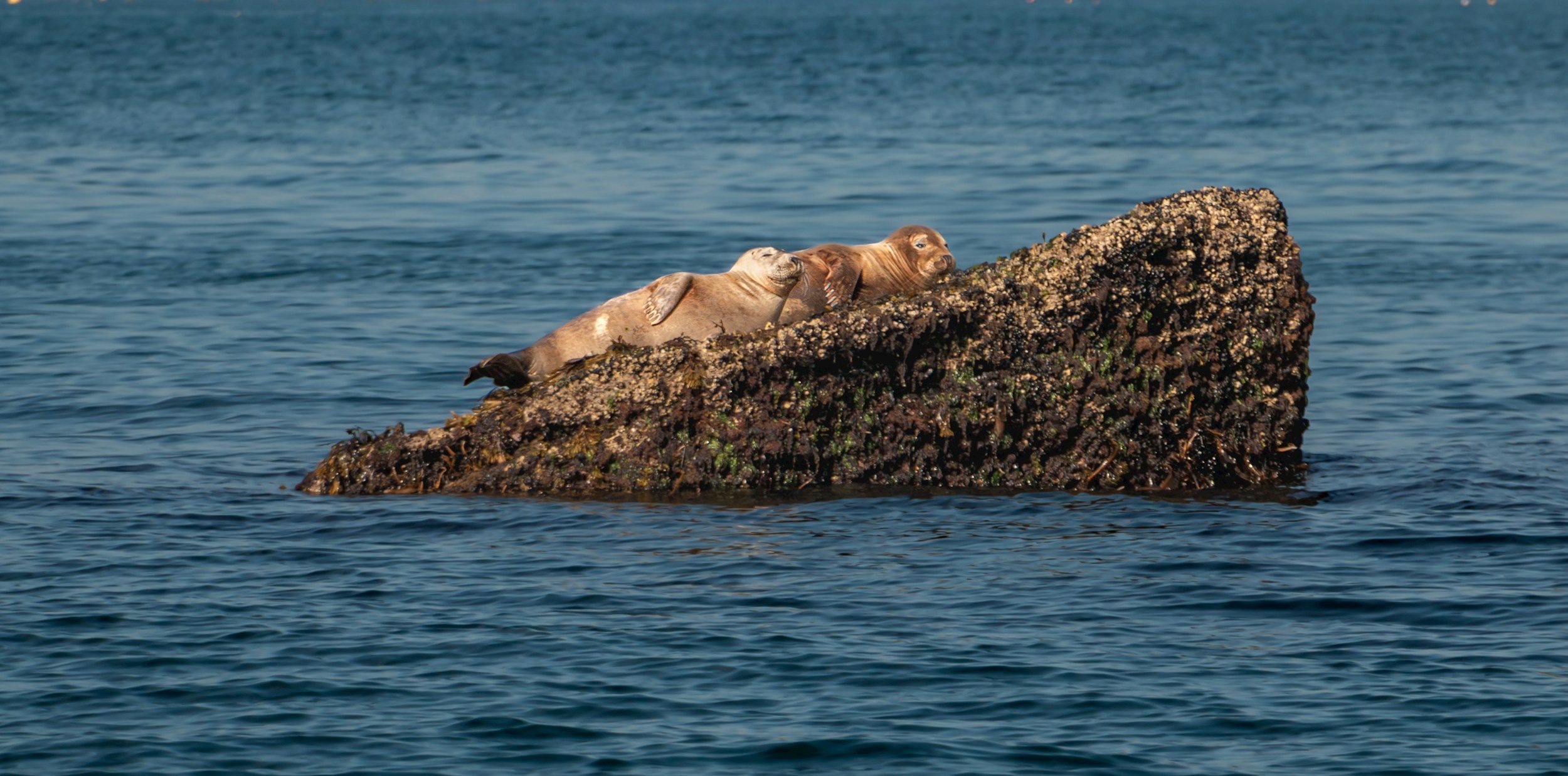
My Sea Lion: A Love Story in the Making
There are moments in life when the ocean gives you more than beauty—it gives you purpose. For me, that moment arrived in the presence of one of Australia’s most charismatic and endangered marine mammals: the Australian sea lion (Neophoca cinerea).
From the first time I observed them in the wild, their playfulness, deep social bonds, and gentle curiosity captured my heart. But what began as admiration soon grew into a deep sense of responsibility. I’ve fallen in love with sea lions—not just as a marine scientist, but as a human who wants to ensure their story continues, protected and thriving.
A Brutal History, A Fragile Recovery
The sea lion colonies of Western Australia, including those in the Houtman Abrolhos Islands, are survivors of a brutal past. During the sealing era of the 1600s to 1800s, they were hunted relentlessly for their skins and oil, leaving many colonies decimated. Since then, their recovery has been painfully slow. Australian sea lions are now one of the rarest pinnipeds in the world and are listed as an endangered species. Today, small, scattered colonies dot the coast and offshore islands, each with its own rhythms, personalities, and challenges.
Western Australia’s Secret: Unique and Isolated Colonies
What makes the WA sea lion colonies particularly special is their uniqueness. Each colony functions like its own microcosm, with differing breeding seasons, behaviours, and environmental pressures. Unlike most pinnipeds that breed annually, Australian sea lions have an unusual 18-month pupping cycle, and remarkably, this cycle is not synchronised across colonies. Some pup in winter, others in summer—and many details about these cycles remain a mystery.
This makes research both challenging and thrilling. It’s like piecing together a complex natural puzzle. The Abrolhos Islands, isolated and rich in marine life, offer a particularly exciting opportunity to study sea lions in a more stable, less disturbed environment.
My Future Vision: Research, Collaboration & Conservation
As I move forward in my career, I’m preparing to undertake my master’s degree with a focus on these extraordinary creatures. My aim is to investigate the variability in breeding cycles and environmental drivers influencing colony success and pup survival. I’m currently in the early stages of designing a project that will involve working alongside some of the top researchers in pinniped ecology, reproductive biology, and climate adaptation.
This research will not only fill critical knowledge gaps but also support ongoing conservation efforts by providing data for long-term monitoring and management strategies. Through this work, we can help safeguard the future of these remarkable animals and the fragile ecosystems they call home.
This is more than a research project—it’s a calling. The sea lions have given me direction, and now it’s my turn to give back.

My Future Vision: Research, Collaboration & Conservation
As I move forward in my career, I’m preparing to undertake my master’s degree with a focus on these extraordinary creatures. My aim is to investigate the variability in breeding cycles and environmental drivers influencing colony success and pup survival. I’m currently in the early stages of designing a project that will involve working alongside some of the top researchers in pinniped ecology, reproductive biology, and climate adaptation.
This research will not only fill critical knowledge gaps but also support ongoing conservation efforts by providing data for long-term monitoring and management strategies. Through this work, we can help safeguard the future of these remarkable animals and the fragile ecosystems they call home.

